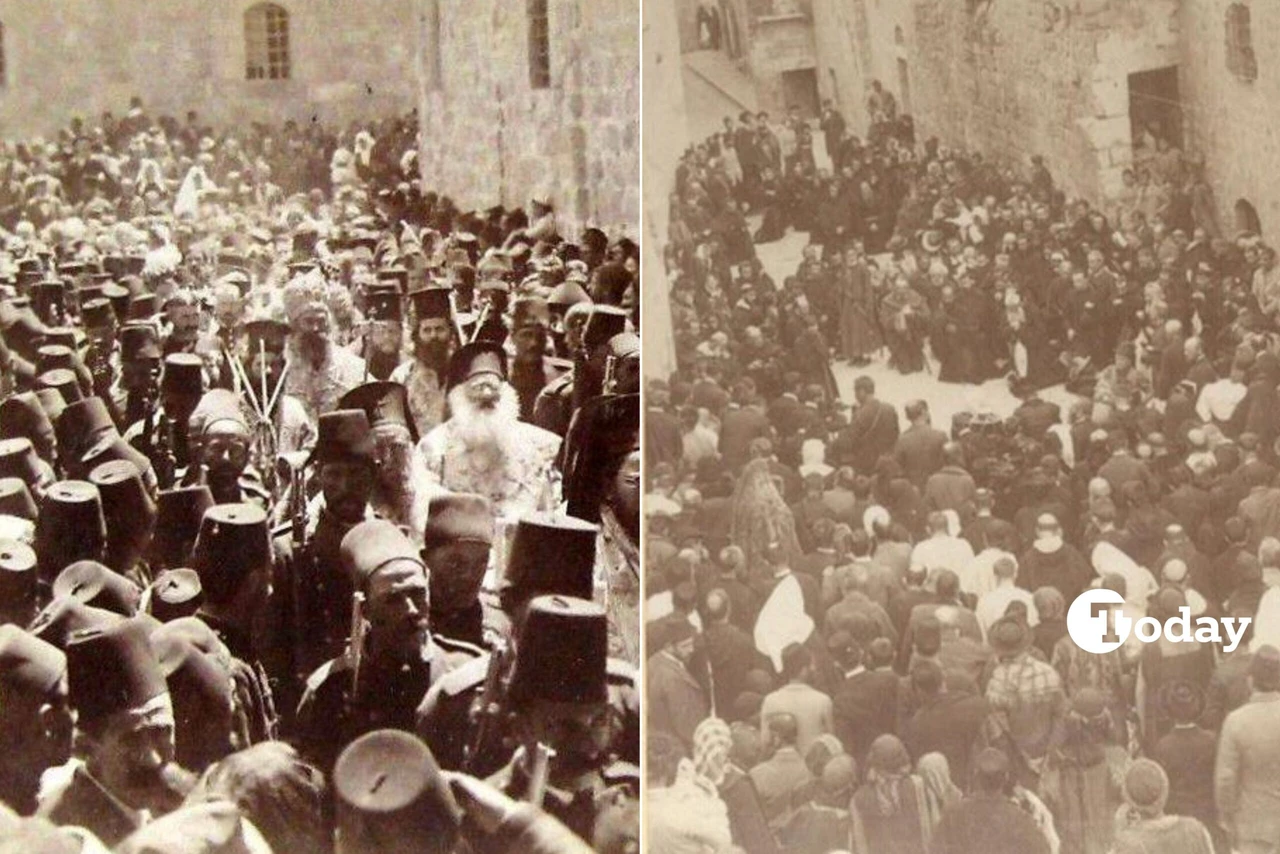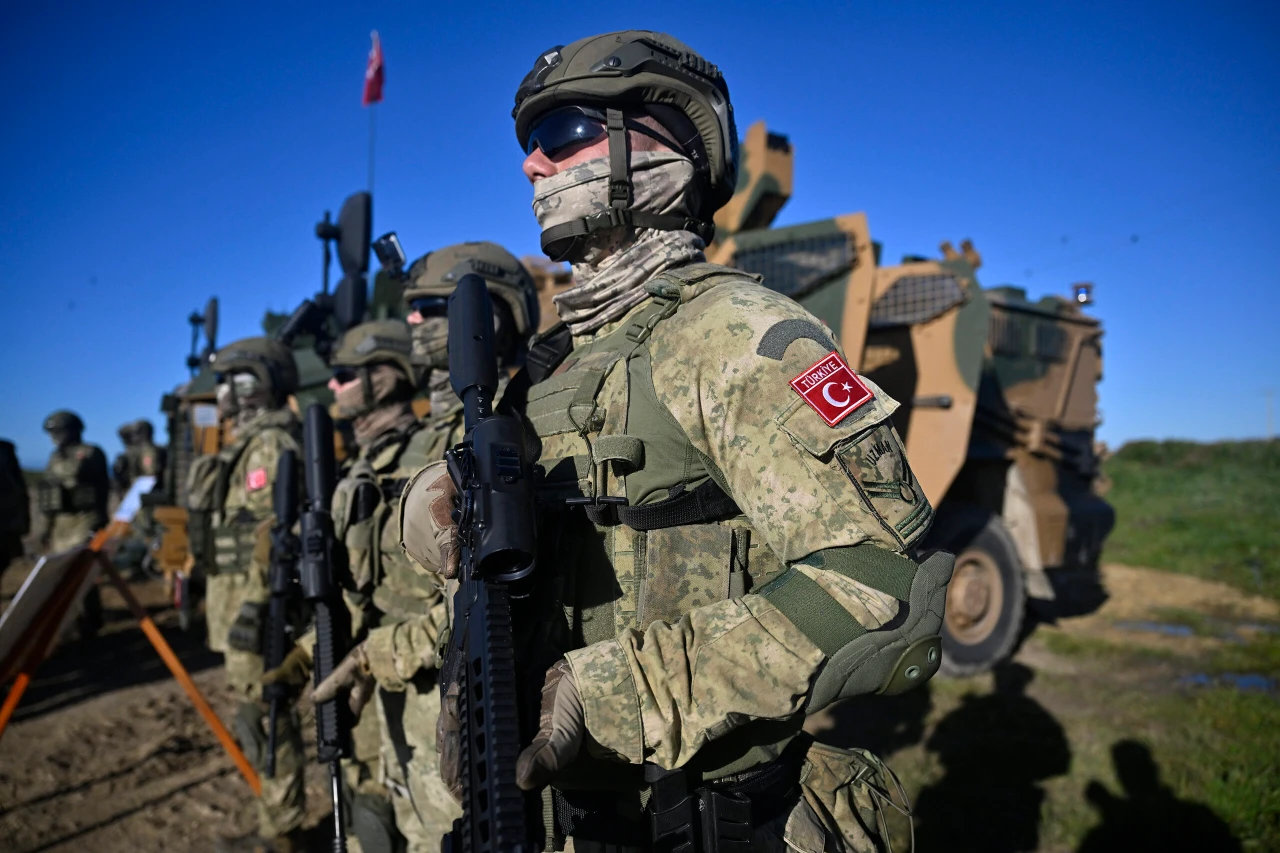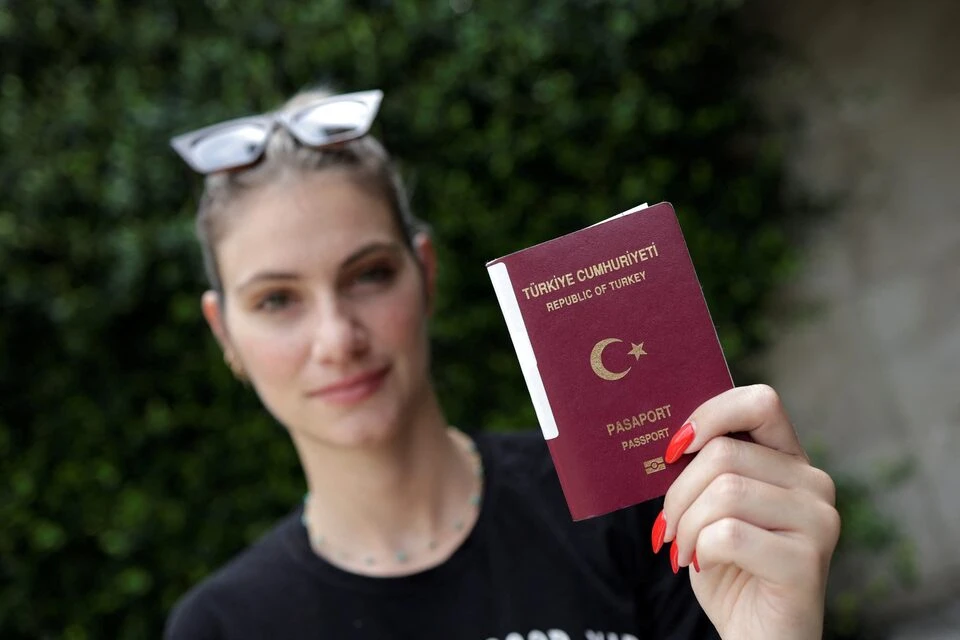From Anatolia to Rome, unveiling ancient connections of modern Italy
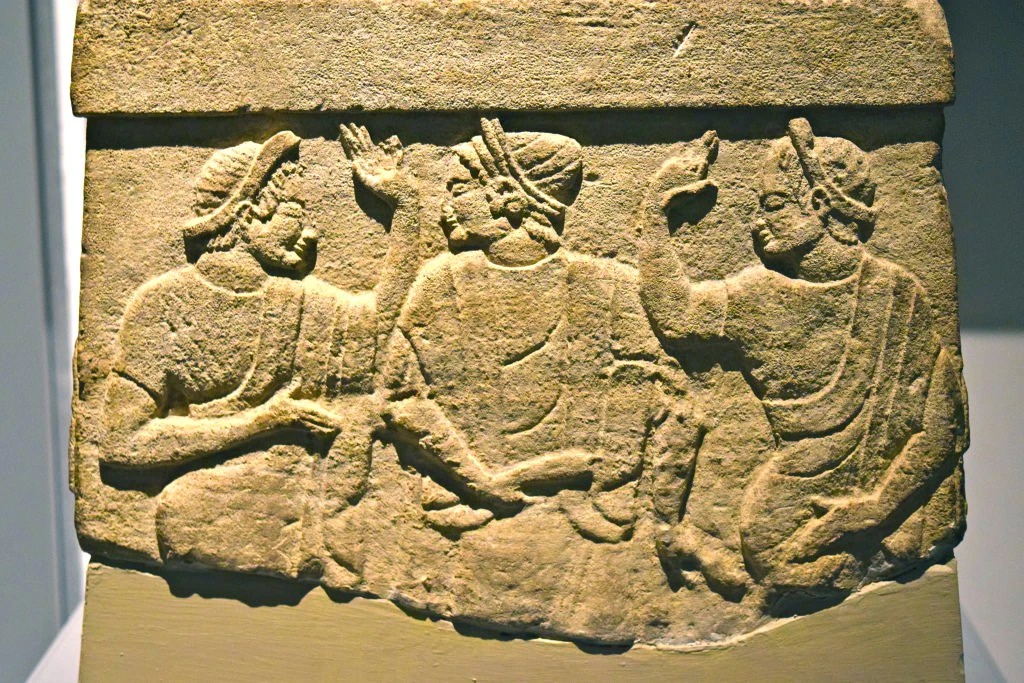 Limestone relief from an Etruscan tomb monument depicting dancers, Probably from Chiusi, northern Italy, 500-400 B.C. (Photo by Ashmolean Museum)
Limestone relief from an Etruscan tomb monument depicting dancers, Probably from Chiusi, northern Italy, 500-400 B.C. (Photo by Ashmolean Museum)
An ancient civilization known as the Etruscans thrived in what is now Tuscany, Italy, between the fifth and 10th centuries B.C. leaving a profound impact on early European history.
The Etruscans, known to themselves as “Rasenna,” believed they descended from a she-wolf, a motif shared with Italian mythology. This belief underscores their distinct cultural identity, passed down through legends among the Etruscans (Tuscans). Similarly, the motif of children raised by wolves in caves resonates within Turkish cultural narratives.
The Etruscans, referenced in Greek texts as “Tyrrhenians” or “Tyrrhenoi,” adopted these names from the Greek word “Turan.” Over time, “Tyrrhenoi” evolved into the name “Tuscany,” reflecting the region’s historical and cultural significance.
During their golden age from the eighth to fifth centuries B.C., the Etruscans established a federation of 12 city-states under a theocratic structure and wielded significant influence and power in the region. They are known for their significant contributions to the early development of Rome; however, from the fifth century B.C. onward, with Rome’s rise in power, they lost their political unity and were assimilated under Roman rule.
The artistic and architectural achievements of the Etruscans continue to inspire admiration today; their vibrant wall paintings and distinctive sculptures reflect an interaction between Eastern Mediterranean and indigenous Italic cultures.
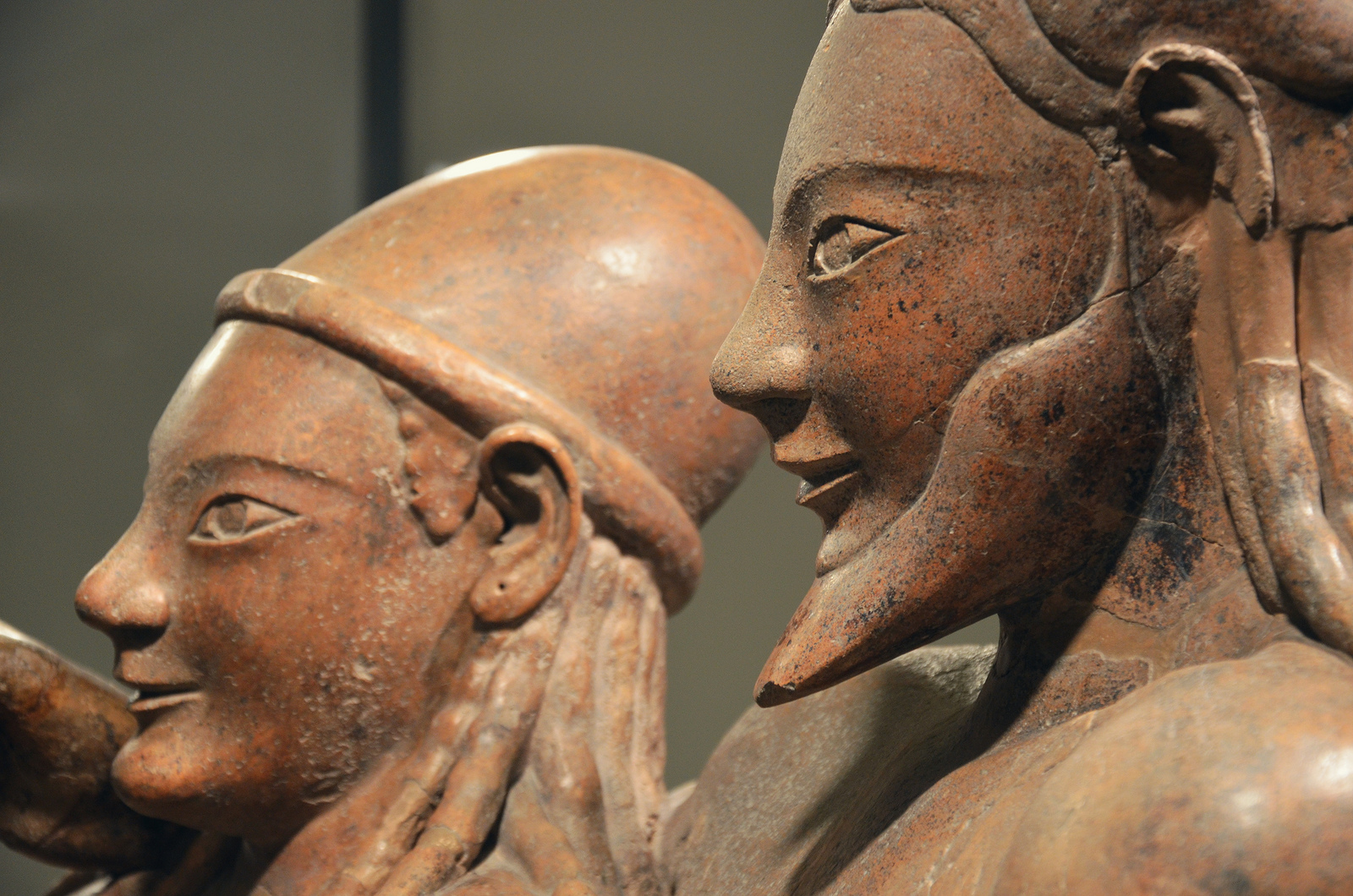
What is connection between Etruscans and Anatolia? Are Etruscans Turkish?
The relationship between the Etruscans and Anatolia has fascinated scholars for years. Some suggest that the Etruscans originated from Anatolia and migrated to Tuscany during periods shaped by Greek and Phoenician interactions.
Recent research strongly indicates that the origins of the Etruscans extend to Anatolia and that migrations occurred from this region at different periods, shaping Etruscan culture. Theories found in Egyptian sources refer to a people called “Tursha” or “Tursk,” suggesting that Anatolian and Eastern Mediterranean influences shaped Etruscan culture.
Especially migrations from Anatolia to Tuscany since the 13th century B.C. have been recorded due to reasons such as famine, and these migrations are thought to have played an important role in the formation of Etruscan culture. Genetic studies have shown that the DNA structures of the Etruscans are very similar to those of Anatolian and Turkish peoples. These findings support the hypothesis that the origins and connections of the Etruscans with Anatolia are supported genetically.
Recent genetic studies have shown that the DNA structures of the Etruscans are very similar to those of Anatolian and Turkish peoples, which supports the hypothesis that the Etruscans may have Anatolian origins. Language analysis suggests that the Etruscan language is similar to Ural-Altaic languages and likely derived from Proto-Turkish.
These new studies on the origins and cultural influences of the Etruscans reveal unknown aspects of the ancient era and clarify the Anatolian connection of Etruscan civilization more clearly.
Genetic research confirms Anatolian roots of Etruscan civilization
The long-standing debate about the origins of the Etruscan people may finally be resolved, as new genetic research supports the theory that the Etruscans were immigrants from ancient Anatolia, now modern-day Türkiye. Professor Alberto Piazza of the University of Turin presented these findings at the European Society of Human Genetics conference.
The Etruscan civilization, which thrived 3,000 years ago in present-day Tuscany, has been the subject of much speculation among historians, archaeologists, and linguists. Competing theories suggested that the Etruscans either came from Anatolia, were indigenous to Italy, or originated from Northern Europe.
Using modern genetic techniques, Professor Piazza and his team analyzed DNA samples from residents of Tuscany, including populations from Murlo, Volterra, and Casentino. These samples were compared with DNA from other regions, including Türkiye, Greece, and various parts of Italy. The findings showed a closer genetic relationship between the Tuscan samples and those from the Near East, particularly Türkiye.
The study corroborates Herodotus’ ancient claim that the Etruscans migrated from Lydia (southern Türkiye) due to a famine, settling in Umbria, Italy. Professor Piazza’s research is seen as strong evidence in support of this migration theory. Further studies are planned to analyze DNA from Etruscan fossils to establish a direct genetic link between ancient Etruscans and modern Tuscans.
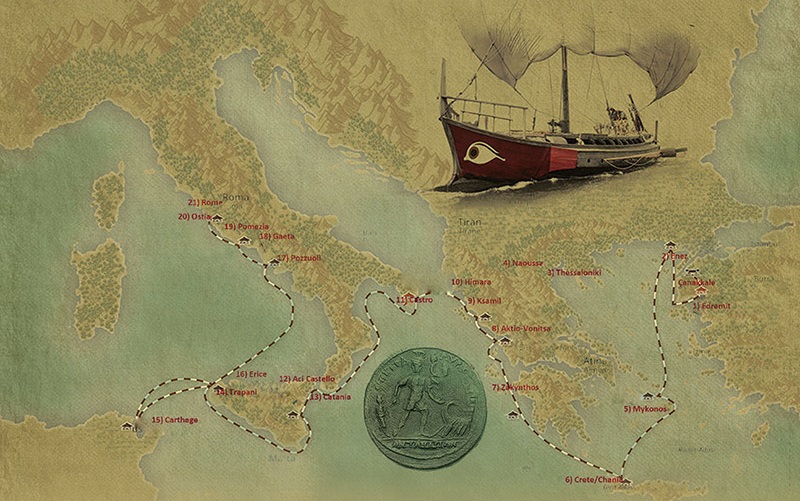
Where does Aeneid originate from? What is its connection to Anatolia and Turks?
Roman Emperor Augustus instructed for a work equivalent to Homer’s epics to be written, a task entrusted to the poet Virgil. In mythology, Aeneas is known as the son of Anchises and Aphrodite, noted for his role in bridging Rome and Troy. After the fall of Troy, Aeneas flees with his elderly father Anchises, his wife Creusa, and his son Ascanius (Iulus). They carry sacred objects belonging to their household gods, essential for founding a new kingdom.
However, Creusa is lost during their escape. Aeneas is tasked with founding a new Troy, and his efforts are likened to Augustus’ initiatives to rebuild Rome as a new Troy. Aeneas is revered as a national hero, seen as the ancestor of Augustus, a lineage even referenced by Julius Caesar in his first speech to the Senate.
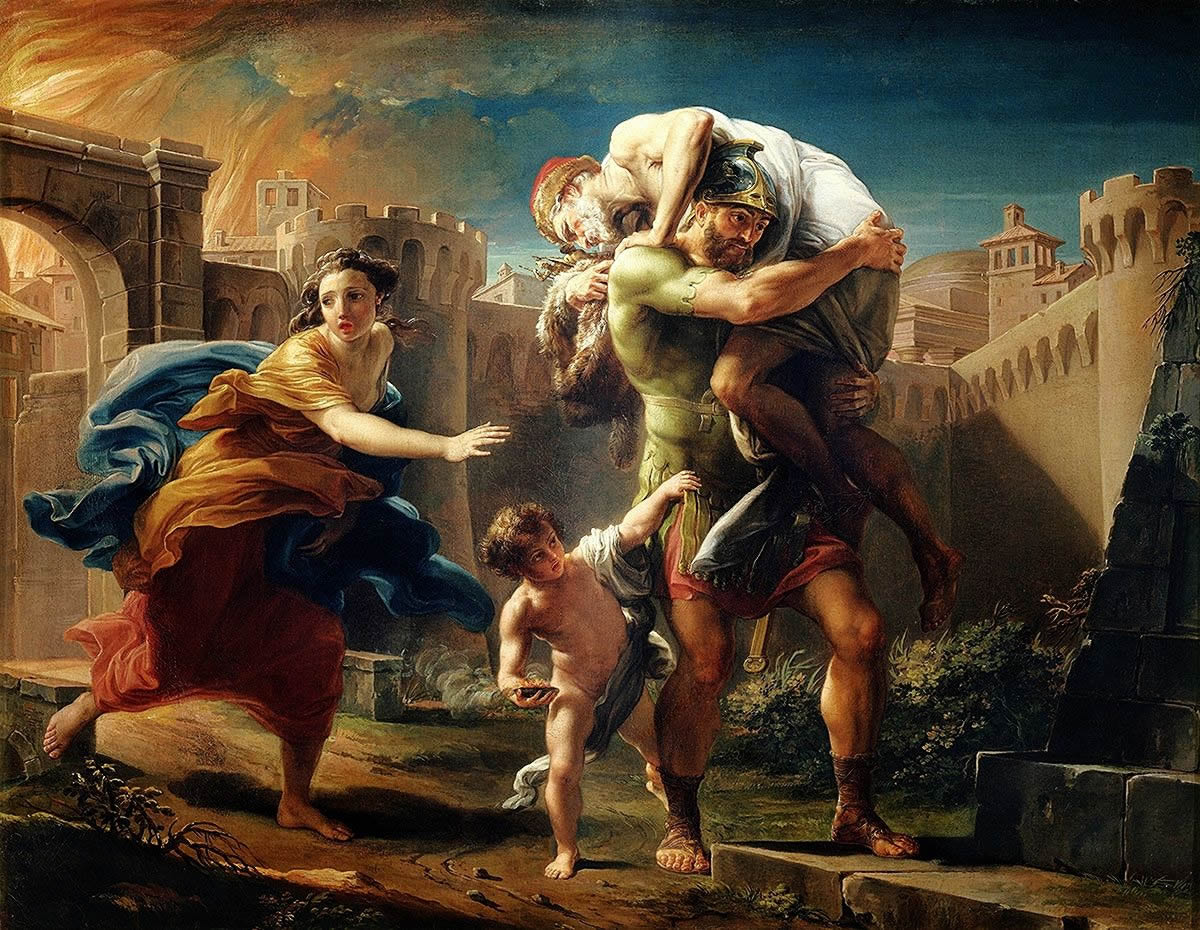
Setting sail from the port of Antandros (Altinoluk) in Balikesir’s Edremit district with 20 ships, they arrive in Italy. Roman history, embellished with legends, continues through Aeneas’ descendants, including Remus and Romulus. When Procas, the descendant of Aeneas’ son Ascanius (Iulus), is killed, a power struggle ensues resulting in Numitor’s overthrow by Amulius.
Amulius makes Numitor’s daughter Rhea Silvia a Vestal Virgin. Rhea Silvia gives birth to twins by the war god Mars (Greek Ares). Fearing the twins would overthrow him, Amulius orders their death, leading to them being abandoned on the Tiber River and nursed by a she-wolf. This motif of wolves is known to be specific to Central Asia and ancient Turkish cultures.
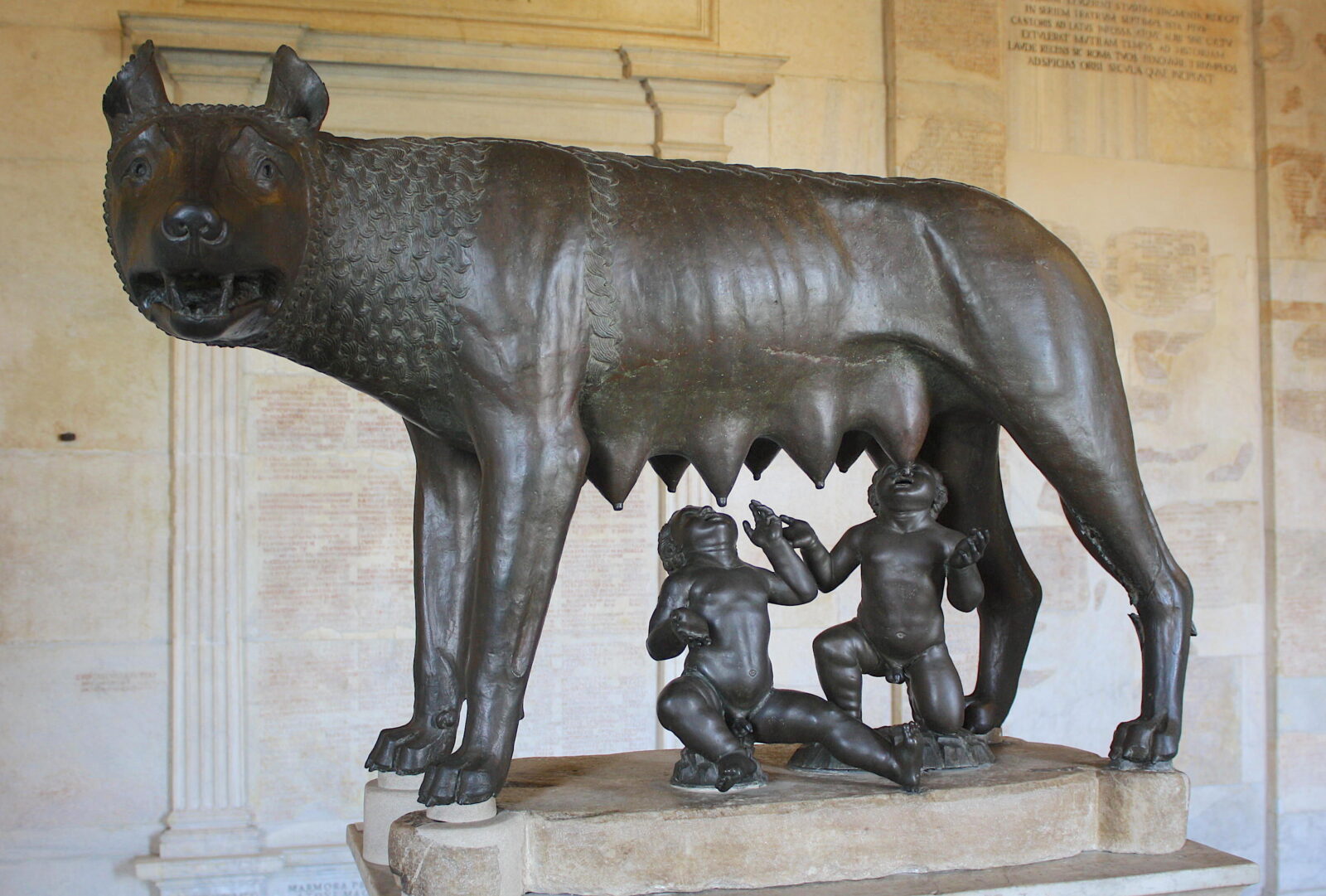
In a dispute over their ambition to build a city, Romulus, consumed by rage, kills Remus and proceeds to establish the city of Rome. This event echoes the ancient tradition that “two suns cannot coexist.”
Virgil’s Aeneid was written on the emperor’s orders but, due to his illness, Virgil requested it be burned unfinished on his deathbed. Consequently, uncertainties persist regarding how much of the work was lost and whether certain parts were removed under Augustus’ orders.
The Aeneid is considered an important work that narrates Rome’s historical origins and strengthens imperial ideology. Virgil’s Aeneid has deeply influenced Roman culture and mythology, playing a critical role in shaping ancient Rome’s identity.
Where does Etruscan religion come from?
The Etruscans are known for their distinctive religious festivals and rituals, characterized by a melancholic and devout nature, drawing similarities to Anatolian religious concepts. Particularly, the importance given to sacred texts and prophecies in Anatolia contributed to the development of similar religious practices among the Etruscans.
The relationship between Anatolia and the Etruscans is crucial in terms of cultural and religious interactions. The gods and rituals of Etruscan religion were influenced by ancient Anatolian beliefs, shaping the theological framework of Etruscan society. Goddesses like Turan, derived culturally from Anatolia to Etruscan society, were revered as significant sacred figures.
The Etruscan pantheon divides into celestial, terrestrial/cult, and underworld deities, incorporating inspired gods and goddesses from Anatolian religious beliefs. Turan, a goddess meaning “prince,” derived from migrations from Anatolia to Etruria, became the name of their most valuable goddess. Essentially, figures such as Gaia-Hera (“Mother Earth/Terra Mater”), Inanna (“Queen of Heaven and Earth”), and Anahita (“Lady of Persia”) represent ancient goddesses associated with the land and homeland cult. The etymological unity between Turan and names such as Etruria, Tirhen and Troy might be considered evidence of this.
The belief in the afterlife among the Etruscans holds significant religious and cultural dimensions in ancient Italy. Recent archaeological discoveries have provided better insights into their beliefs about death and the afterlife. Initially, many researchers believed that the Etruscans lacked a clear belief in the afterlife. However, works like the Libri Acheruntici (Acheron Books) and frescoes on tombs revealed a profound and complex belief system regarding the afterlife in this civilization.

For the Etruscans, death was not just a physical end but the beginning of a spiritual journey. After completing the life determined by the gods, individuals migrated to the underworld. Good spirits ascended to the land of ancestors by deification, while evil spirits embarked on a difficult journey and were punished in the underworld. The belief in the afterlife played a central role in Etruscan culture, reflected in religious rites, funeral ceremonies, and tomb designs. Frescoes on tomb walls depicted detailed views of death and the afterlife, narrating the spiritual journey of the deceased. Unlike Greek mythology, Etruscans reinterpreted their own myths and beliefs, reflecting a unique understanding of the gods of the afterlife.
The belief in the afterlife among the Etruscans also shaped their social and spiritual lives. Ceremonies held for the deceased emphasized the importance of the soul finding peace and honor. This understanding, while resembling beliefs in the afterlife in Egypt and other ancient civilizations, demonstrates how the Etruscans preserved their own cultural and religious identity.
As a result, recent studies on the origins and cultural interactions of the Etruscans have clarified their connections with Anatolia and their cultural heritage. Genetic research has shown that the DNA structures of the Etruscans exhibit significant similarities with Anatolian and Turkish populations, suggesting possible Anatolian origins. The Etruscan religion and mythology were also heavily influenced by ancient Anatolian beliefs, shaping the religious framework of Etruscan society. Understanding the cultural and religious identity of the Etruscans today helps us better grasp their connections with Anatolia.

